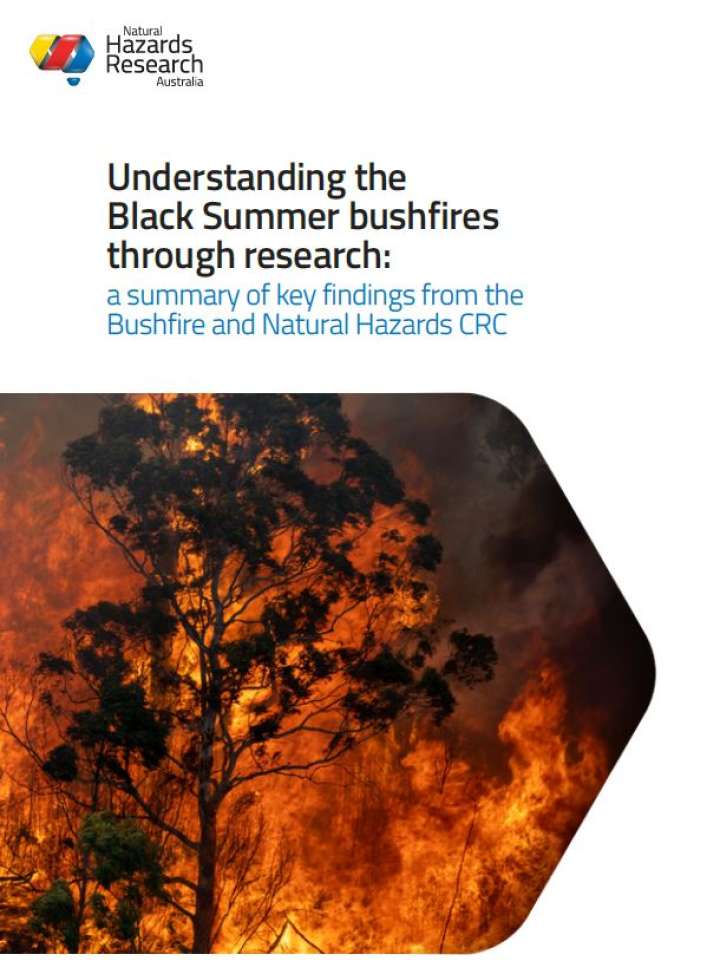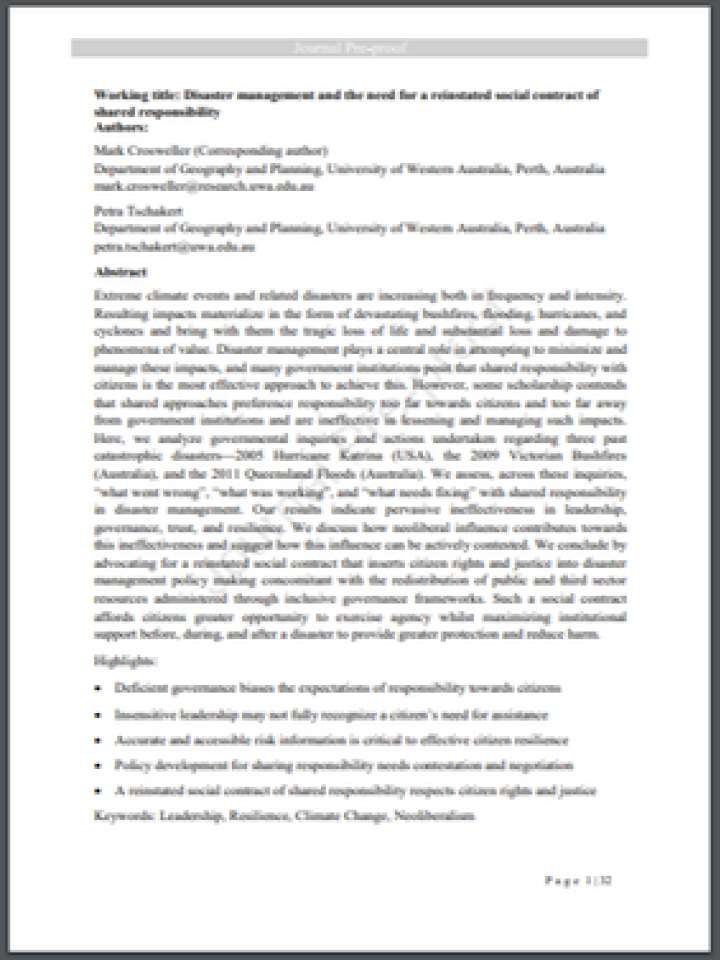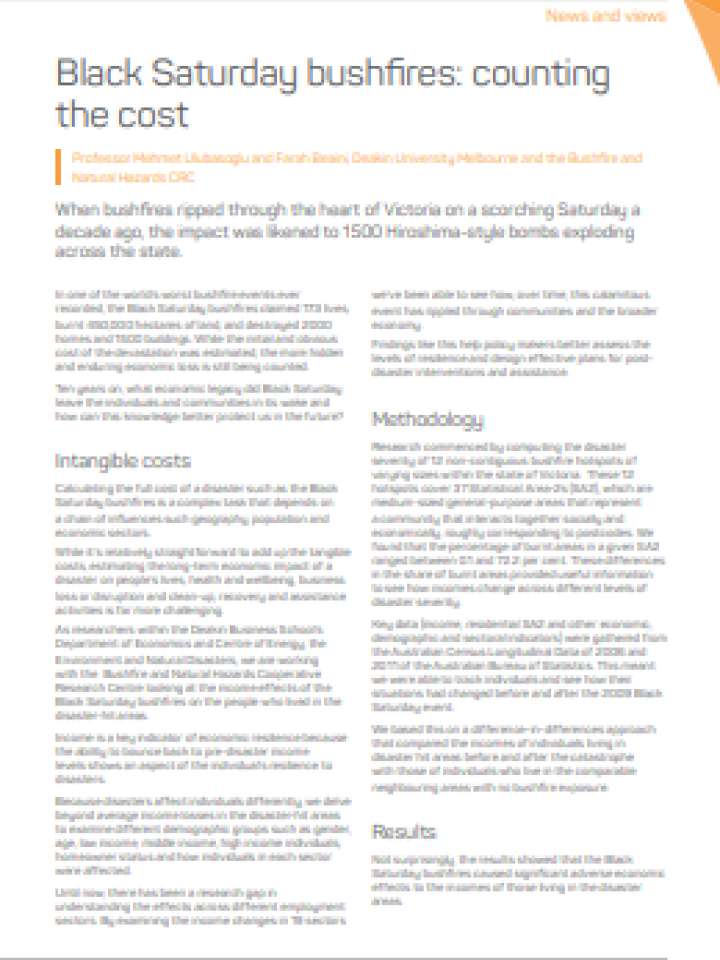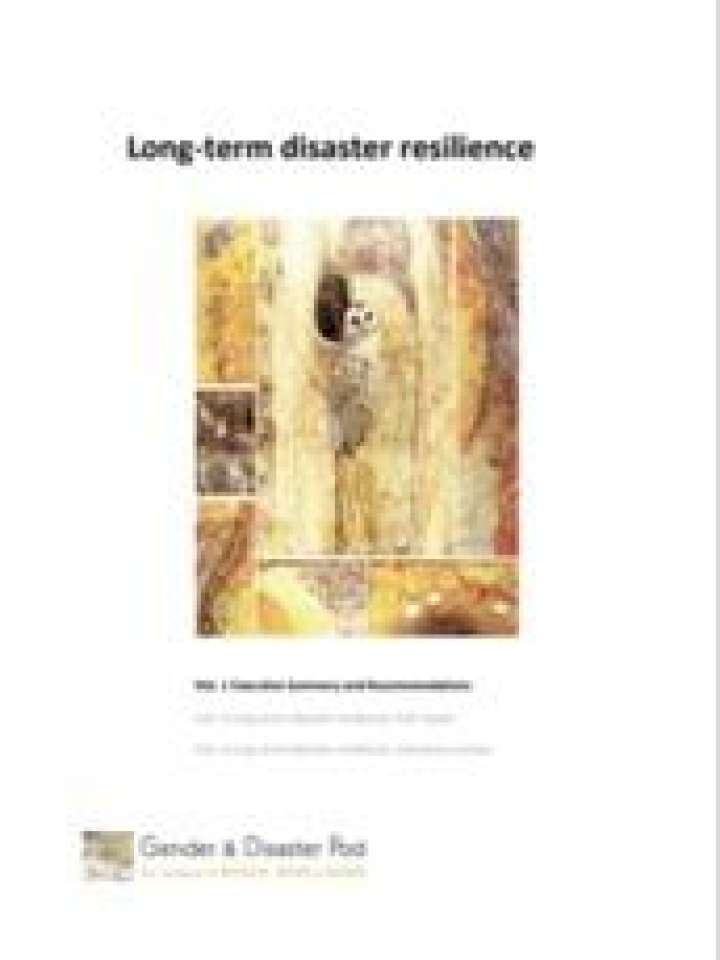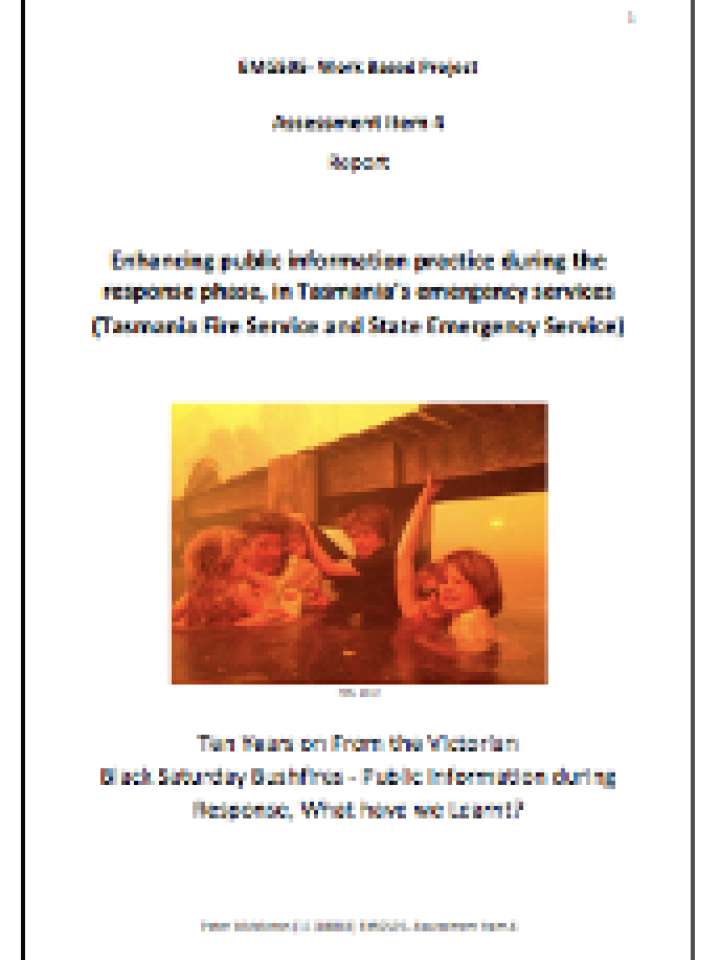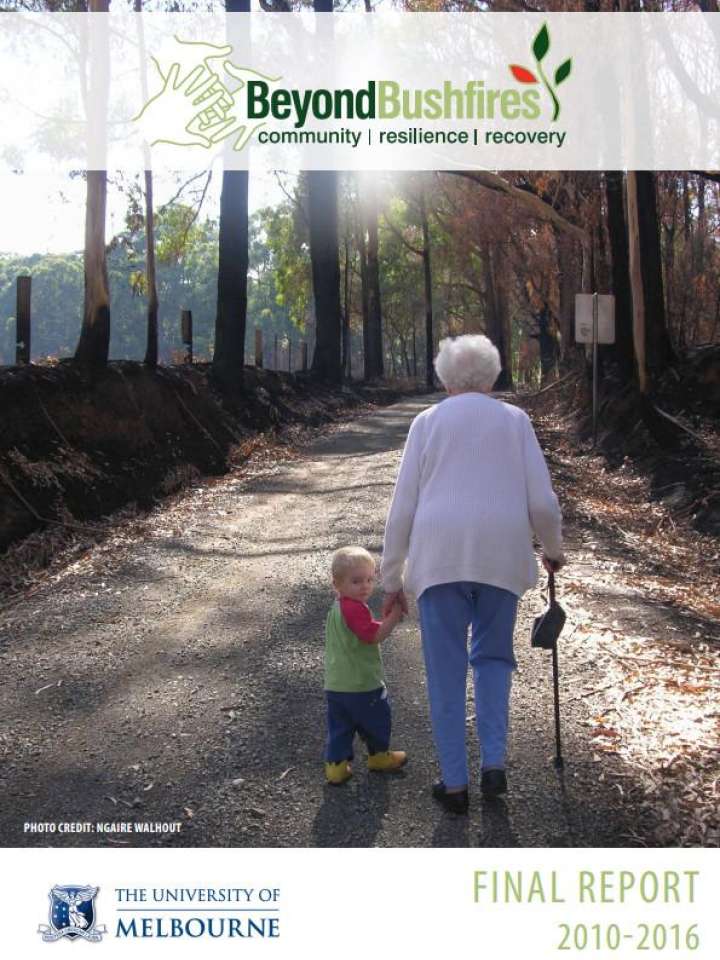Australia: Black Saturday bushfires 2009
Image
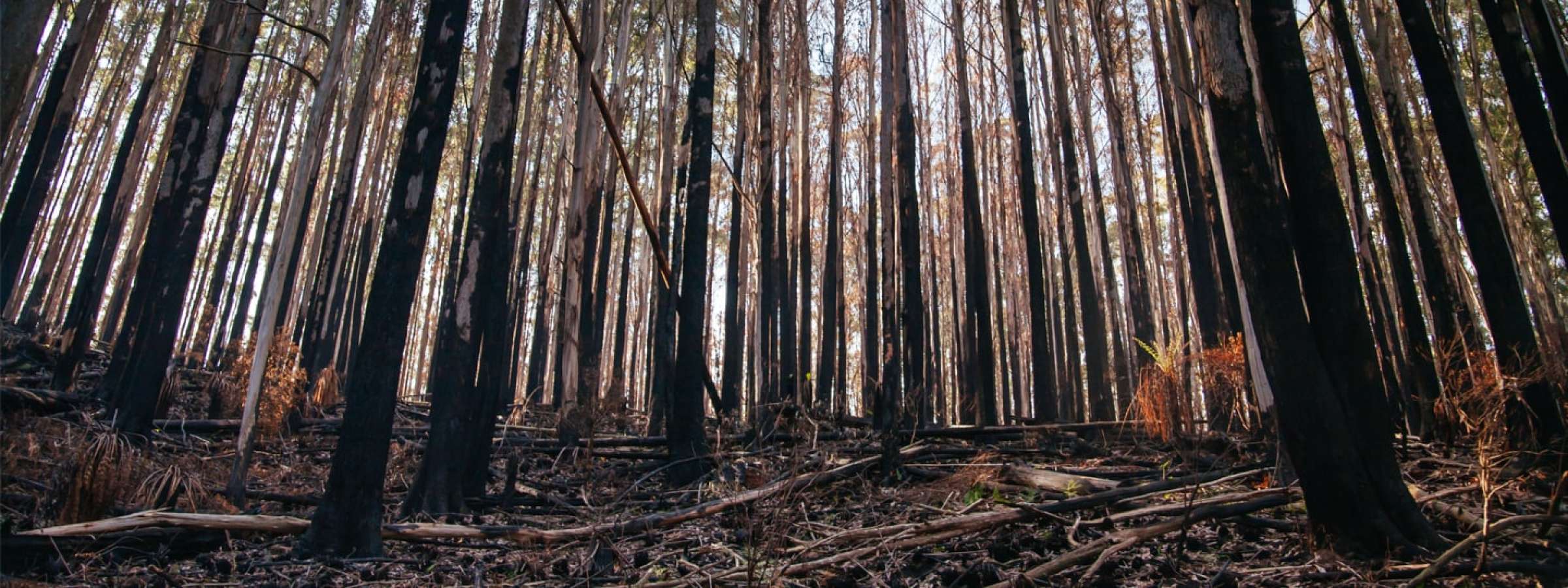
Introduction
On Saturday, February 7, 2009, a series of bushfires blazed across the state of Victoria, killing several dozen people and amounting to billions of dollars in damages. Black Saturday is remembered as one of Australia's worst bushfires.
